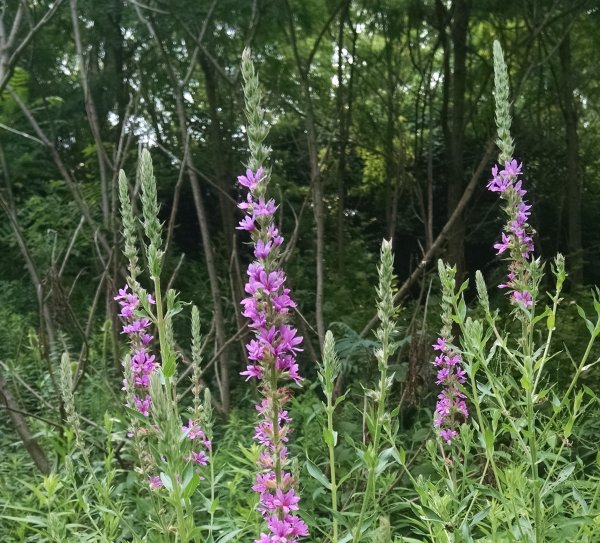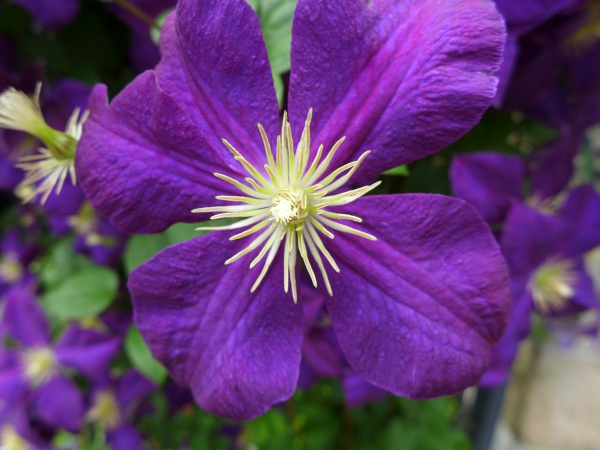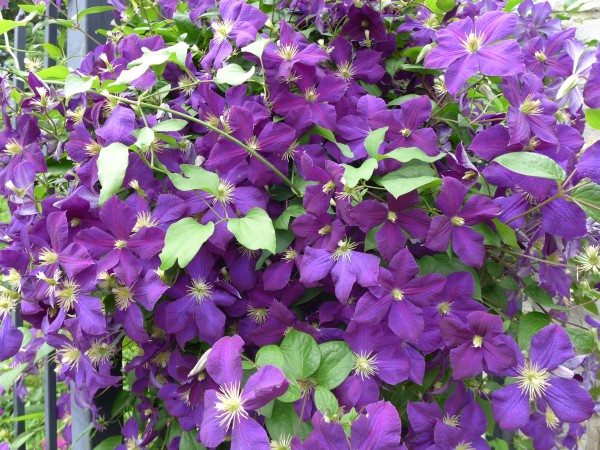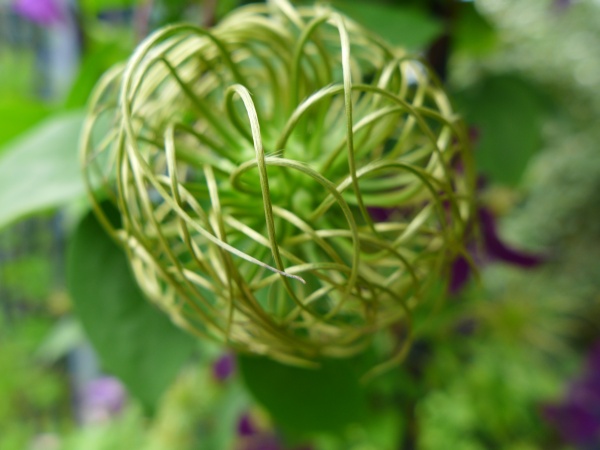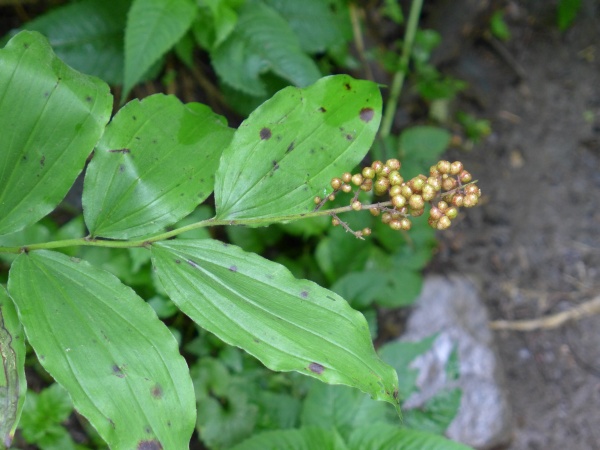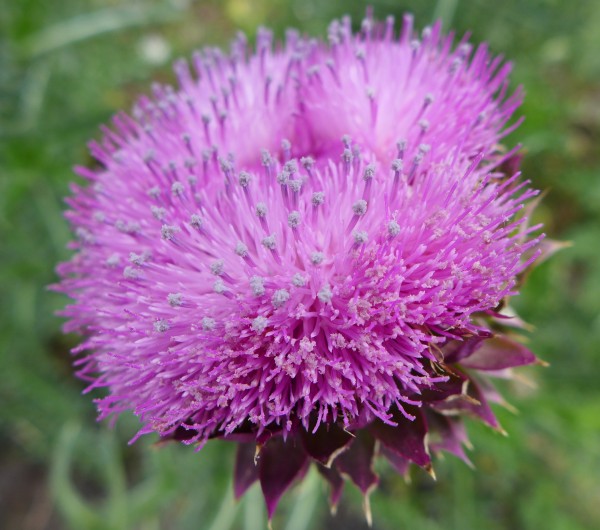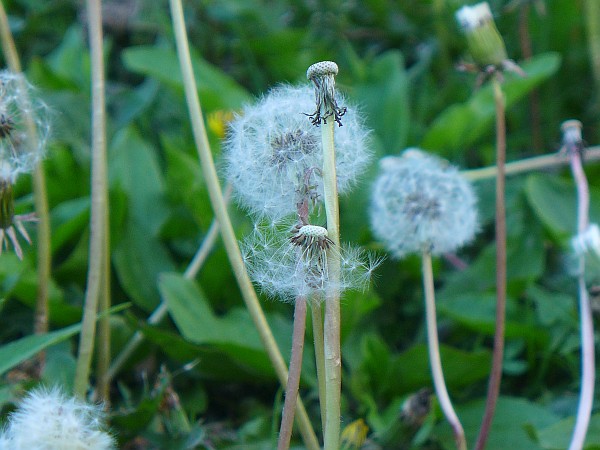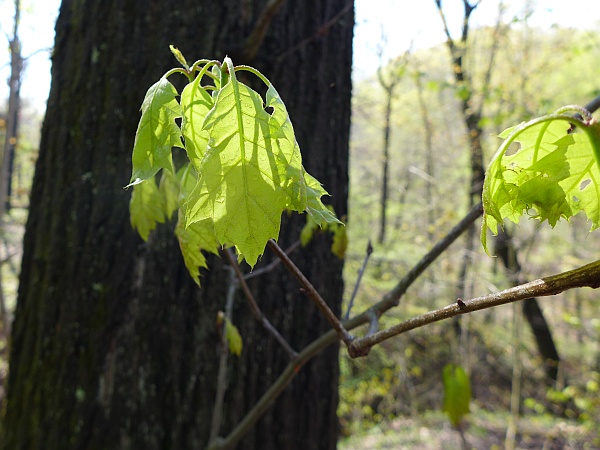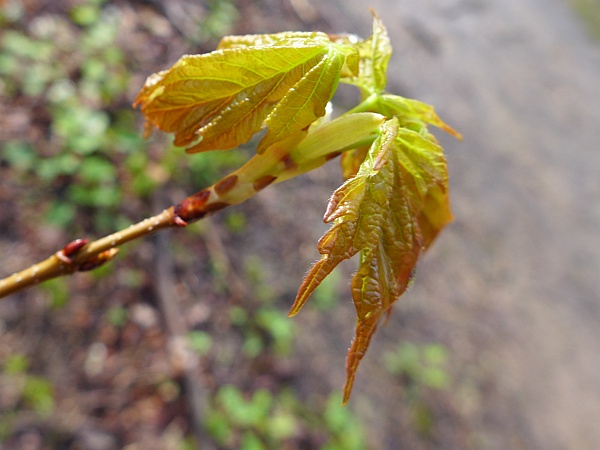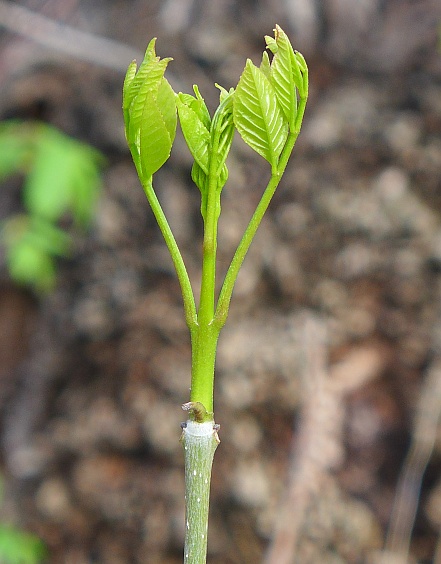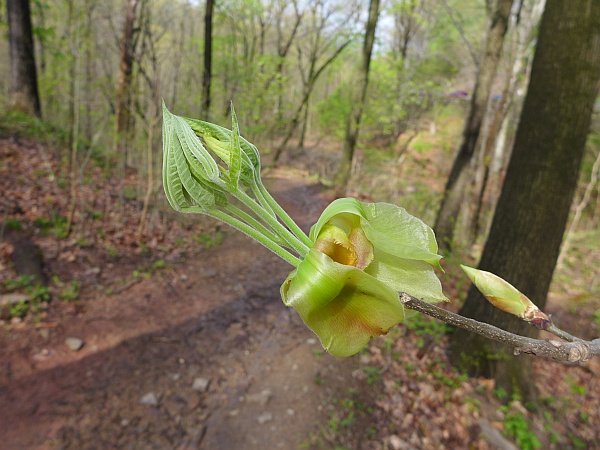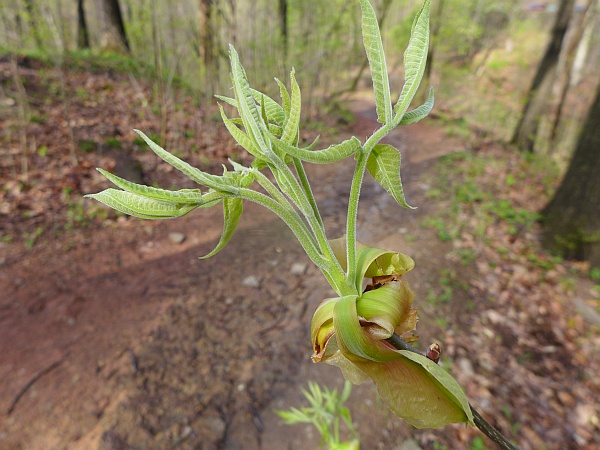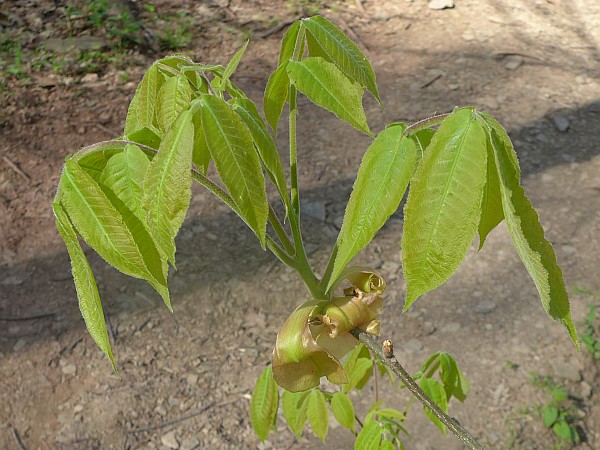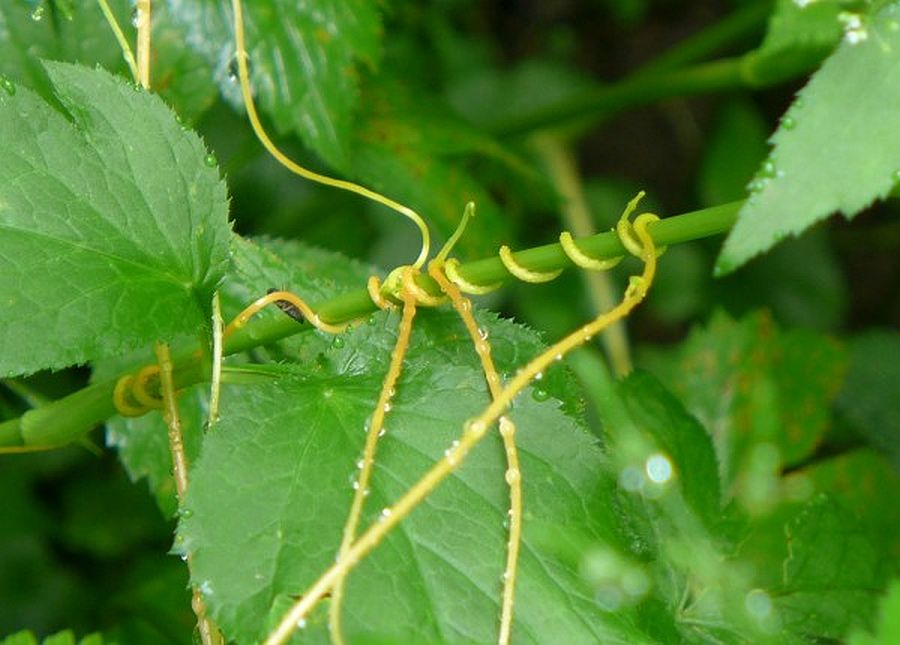
7 July 2015
This small yellow-orange vine is a native annual in the morning glory (Convolvulaceae) family that causes trouble for farmers.
Dodder (Cuscata) has virtually no leaves and is not green because it doesn’t have chlorophyll to make its own food. Instead it’s a parasite that wraps itself closely around a host plant, inserts very tiny feelers called haustoria between the cells, and sucks nutrients out of the host. Though it starts growing from seed, it loses its soil-based roots when it has found a really good host.
Newcomb’s Wildflower Guide has only one entry for dodder in eastern North America — common dodder (Cuscuta gronovii) — but there are 100-170 species around the world, especially in tropical and subtropical climates.
In Pennsylvania dodder blooms July to October in dense clusters of small white flowers. According to Wikipedia “the seeds are minute and produced in large quantities. They have a hard coating and typically can survive in the soil for 5–10 years, sometimes longer.” And therein lies the problem.
Farmers hate this plant because it eats some of the plants we cultivate including tomatoes. If dodder takes over the best way to combat it is to plant something dodder can’t live on such as grasses or wheat, but it takes a few years before the dodder seed bed is too old to grow. Hence, dodder has been declared a noxious weed/seed in 49 states.
On the other hand, I’ve rarely seen dodder act invasive in the wild (here’s a thick patch) and tomatoes have developed their own defenses against it.
In the end you might think dodder is good for nothing but in western North America it hosts the caterpillars of the brown elfin butterfly (Callophrys augustinus). (See comments.)
And so goes the circle of hosts. Dodder eats from its host and, as a host, it is eaten.
(photo by Kate St. John)
